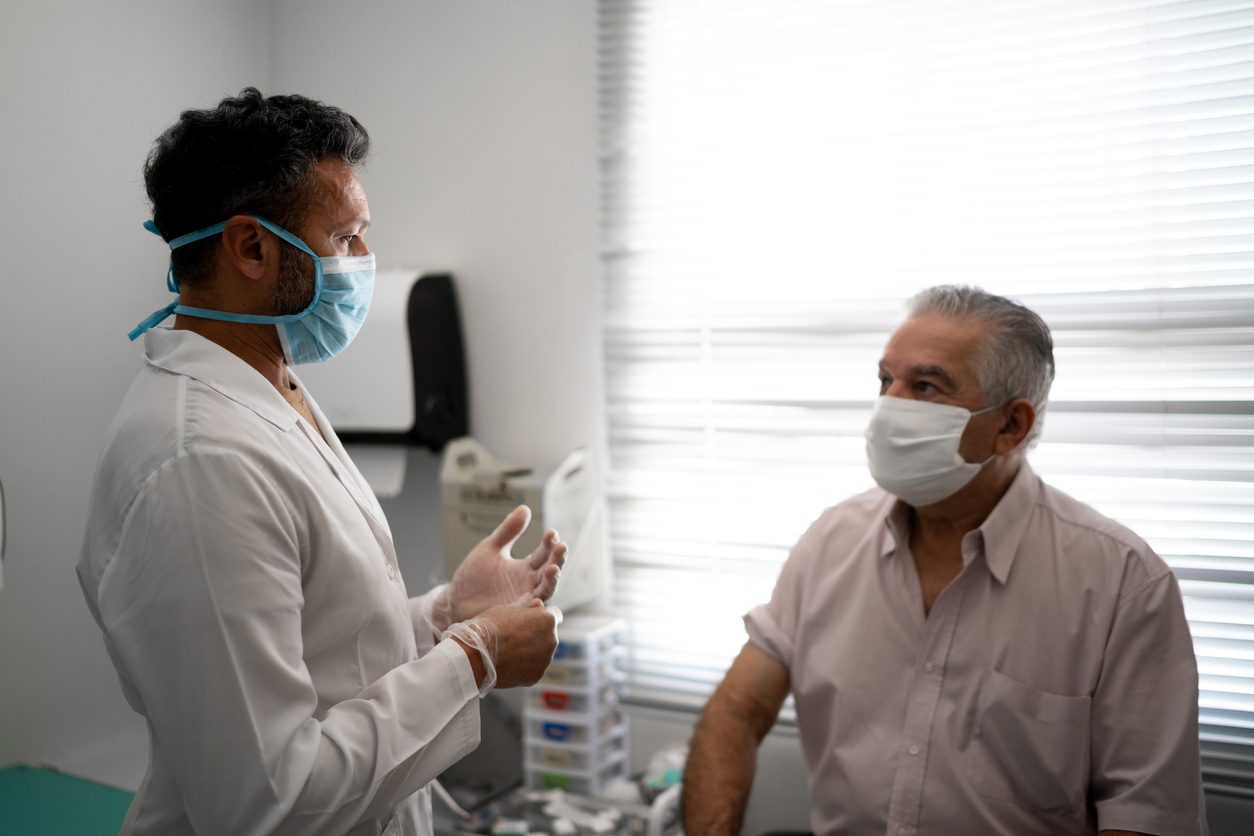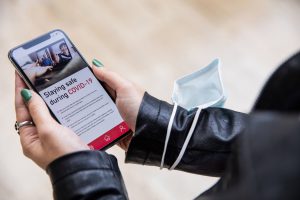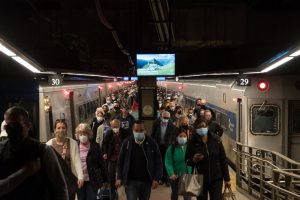A new publication authored by CUNY SPH senior leadership and staff portrays the challenges and successes of the CUNY Recovery Corps (CRC), a virtual call center, established to help New Yorkers navigate social and medical service needs during the height of the COVID pandemic.
From March to May 2020, NYC recorded 203,000 COVID-19 cases. Measures to reduce the spread of the virus relied heavily on individual quarantine and isolation, necessitating mass reliance on support services, including food, medications, personal protective equipment, telehealth, financial aid, childcare, housing support, and mental health assistance. Black, Latinx, and Asian populations faced higher infection rates and less access to resources.
“The inequities exacerbated by COVID-19 against this backdrop are now well-documented,” says Dr. Srividhya Sharma, CRC evaluation director and the paper’s lead author. “These groups face historical and ongoing disparities, and during the pandemic they also had less access to the supports and services they needed to safely quarantine and isolate.”
From June 2020 to May 2023, the CRC, under contracts with NYC Housing Recovery Office and later NYC Health + Hospitals, provided virtual navigator services in two phases. Phase I (June 2020-April 2022) focused on supporting New Yorkers living in the most vulnerable neighborhoods (designated TRIE neighborhoods) with the services they needed to successfully quarantine or isolate. Phase II (June 2021-May 2023) focused on supporting people living with Long COVID.
Resource Navigators (RNAVs) conducted outreach to 117,000 New Yorkers who tested positive for COVID. Using a citywide resource bank, RNAVs connected 75,147 New Yorkers to 135,720 resources. During Phase II, Aftercare Navigators (ANAVs) reached 257,000 individuals with Long COVID and connected 37,721of them to 60,000 resources.
Through intentional hiring practices, CRC navigators constituted a diverse team representing NYC’s demographic and linguistic landscape. CUNY program management conducted extensive quality improvement efforts, including initial and ongoing training, mentorship, coaching, and performance reviews, that enhanced navigator performance.
“The comprehensive training and continuous support CUNY SPH provided to navigators was critical to the success of the program, enhancing their communications and technical skills and countering the elevated stress and burnout levels they experienced with webinars, supportive communications sessions, self-care workshops and more,” says CRC Program Director Valerie El-Alfi, an author on the study.
The CRC successfully connected many New Yorkers to essential resources and demonstrated the importance of clear protocols, training, and robust support systems in virtual resource navigation. Despite challenges, such as technical issues, dwindling resources as the pandemic wore on, and staff stress, the program’s innovative strategies and comprehensive support services provided a valuable model for addressing public health needs and reducing barriers to care.
“The experience of the CRC is a model for organizations and government agencies to create virtual resource navigation centers to help vulnerable populations access social support, health care, and emergency information during public health emergencies,” says Dr. Danielle Greene, the study’s senior author and principal investigator. “Such centers can be a lifeline for people with limited resources and access. Though initially resource-intensive to start-up, with proper procedures, trained staff, and support, such efforts can be efficient and effective, and most importantly scalable to calm times and emergencies of different shapes and sizes.”




